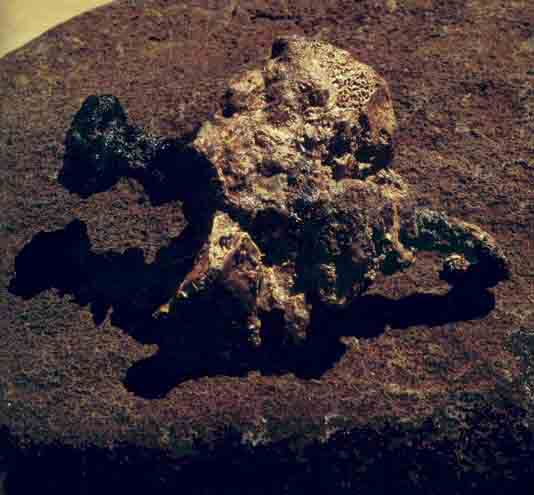Image Details

© Erich Lessing
Pinned together by a large iron nail, the heel bones of a young man, 24–28 years old, discovered in a tomb near Jerusalem, present dramatic and heart rending evidence of crucifixion. The nail was hammered first into the right foot and then the left; the configuration of the bones indicates the contorted posture the victim had been forced into on the cross (see drawing).
After piercing both feet, the 7 1/2-inch-long nail penetrated a wood plaque and then the cross; here the nail hit a knot. As it was pounded against the knot, the nail tip curled, securing it so firmly in the cross that it could not be pulled out after the man had died. In order for the entire body to be removed from the cross, the feet had to be amputated, and thus the heel bones, nail, and fragments of the plaque and cross were buried together.
